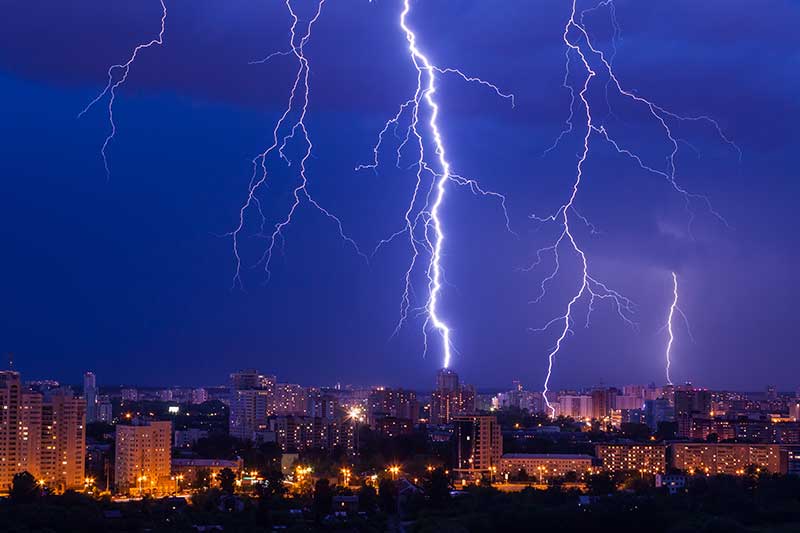Grade 3 - The Geography of Our Communities (Spanish)
La Geografía de Nuestras Comunidades
Previsualice el video haciendo clic en la flecha “play”
Historia del video: Nuestras comunidades desempeñan muchos papeles en nuestras vidas, porque es donde vivimos, jugamos, trabajamos y ayudamos. Las comunidades pueden diferenciarse por su tamaño: urbanas, suburbanas y rurales. Las comunidades están repartidas por las 5 regiones de EE. UU., que tienen diferentes formas de terreno y tipos de recursos naturales. Los seres humanos a veces se adaptan a sí mismos o a su entorno cuando tienen que hacerlo, pero deben tener cuidado al realizar los cambios.
Duración del video: 28:32 minutos.
Learning Resources with this Video*
Quiz
Communities Crossword
US Regions and Landforms
Community Writing Prompts
The Effects of a Pandemic on Community Events
Draw a Scene
Universal Resources
National Standards
*Links are active on Full Video page.
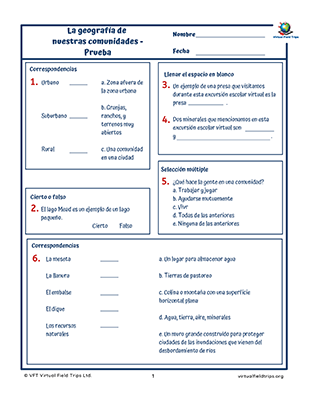

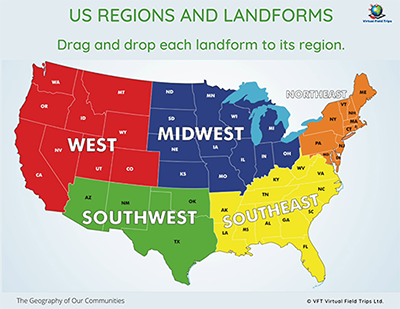

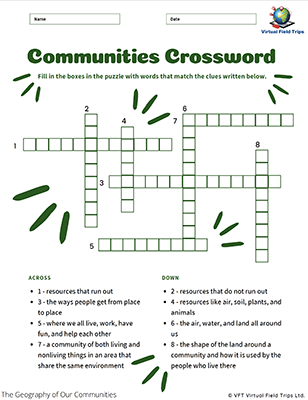

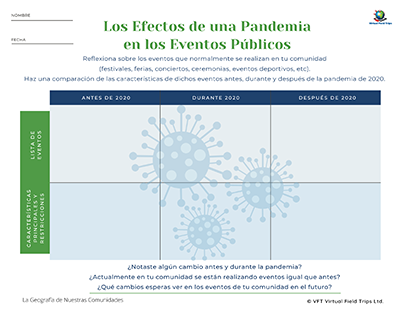

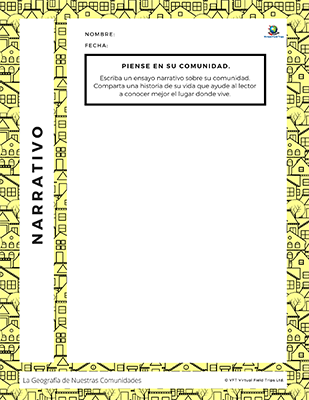

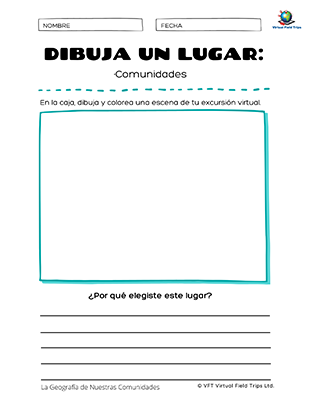

Classroom Ideas
The Geography Of Our Communities

Transportation Around the World
Compare/contrast various modes of transportation for commuting in the U.S. and in different countries (Japanese Bullet Trains vs. classic cars in Cuba).

Local Waste Management
If possible, go visit your local metro waste authority to learn how they are helping preserve your town’s natural resources (if you can’t go to them, see if a representative can come to your classroom) or have students research their local research facility.

Transportation Around the World
Compare/contrast various modes of transportation for commuting in the U.S. and in different countries (Japanese Bullet Trains vs. classic cars in Cuba).

Cloze Practice
A cloze piece has full sentences used in the virtual field trip with blanks where students can write in the information that is missing. This task requires close listening to the trip in order to complete it.
Coral reefs are the _______ type of ecosystem in the world. They’ve been around for over _____ million years.
Answers: oldest; 240
Alternatively, you could have students create 5-10 cloze statements and they could share those with the class.
A third alternative is to distribute the cloze worksheets before watching the video. Students can fill them in as they watch.

Conservation
Prompt students to write a report about how people can conserve natural resources.

Art and Geography
Draw a picture of a community.
Draw a picture of the transportation you use to get to school.
Draw a picture of the transportation you wish you could take to school.
Draw a picture of the transportation your parents use to get to work.
Draw a picture of the land you live in, (mountains, lake, buildings, etc).
Draw a picture of the items you recycle at home.
Draw a picture of the natural resources in your hometown.

Visual Learning
Offer videos to struggling learners as another form of accessing information and creating knowledge.
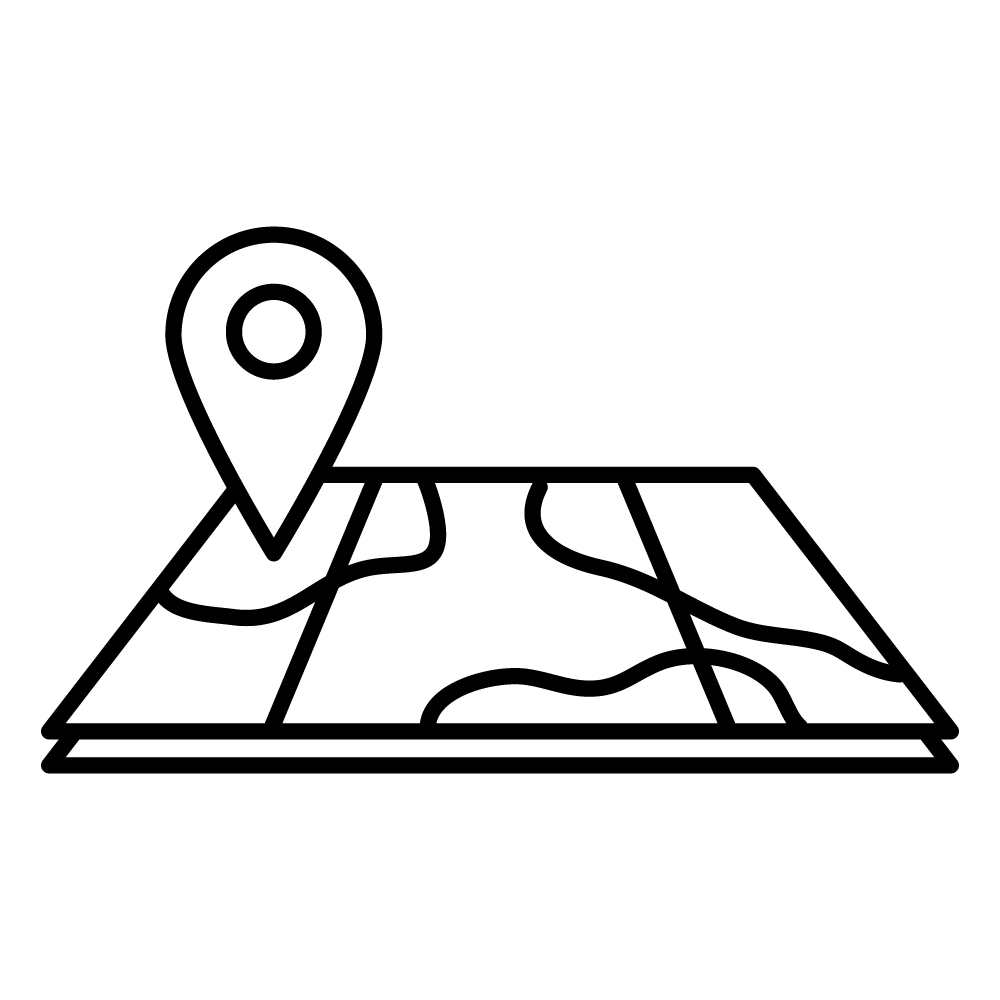
Landforms
Identify landforms of the 5 regions of the U.S. May require further research.
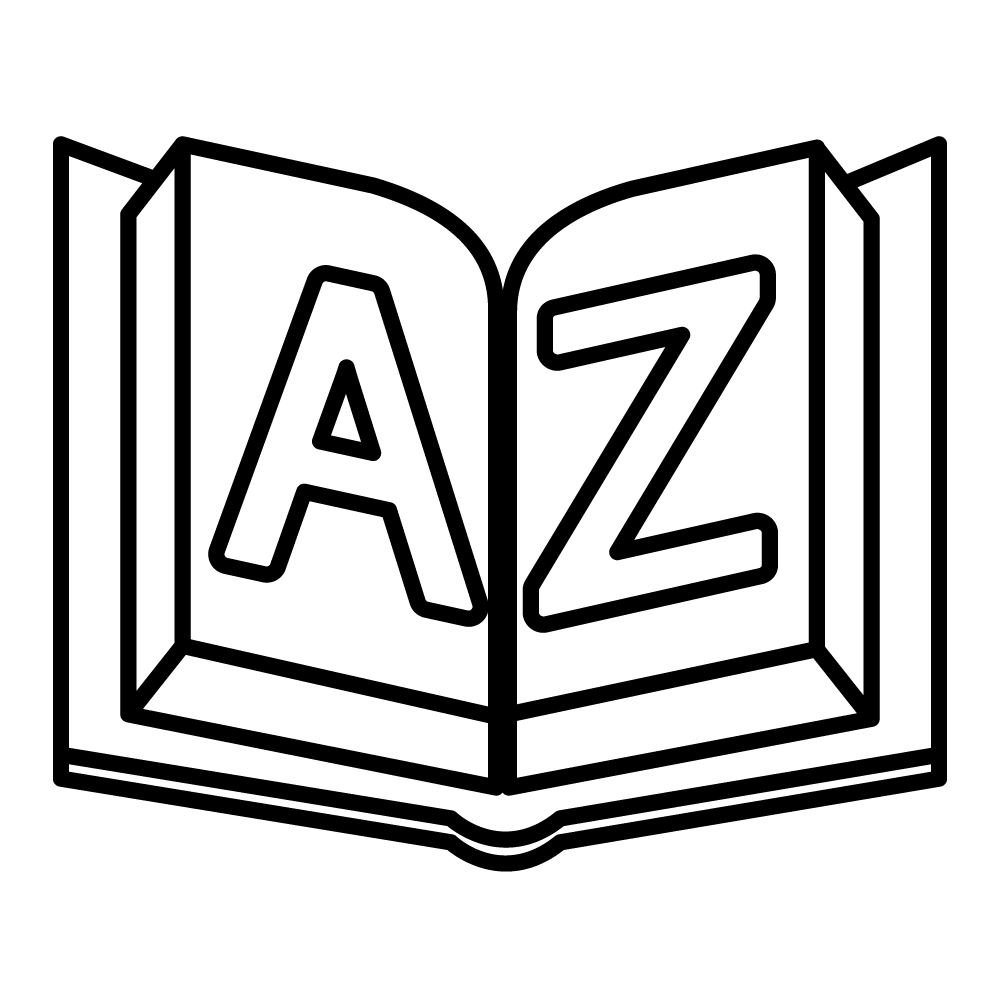
Explore Vocabulary
Identify key vocabulary terms while previewing each video. Prompt students to find the meaning of each word as they watch the video. Example: What do the words ecosystem and nonrenewable mean? Think about the meaning of this word as you watch the video.

Create Quizzes
Students create a quiz based on the information presented for their peers. This can be used as a review for a test, or jigsaw class activity where students are responsible for teaching other students assigned topics.
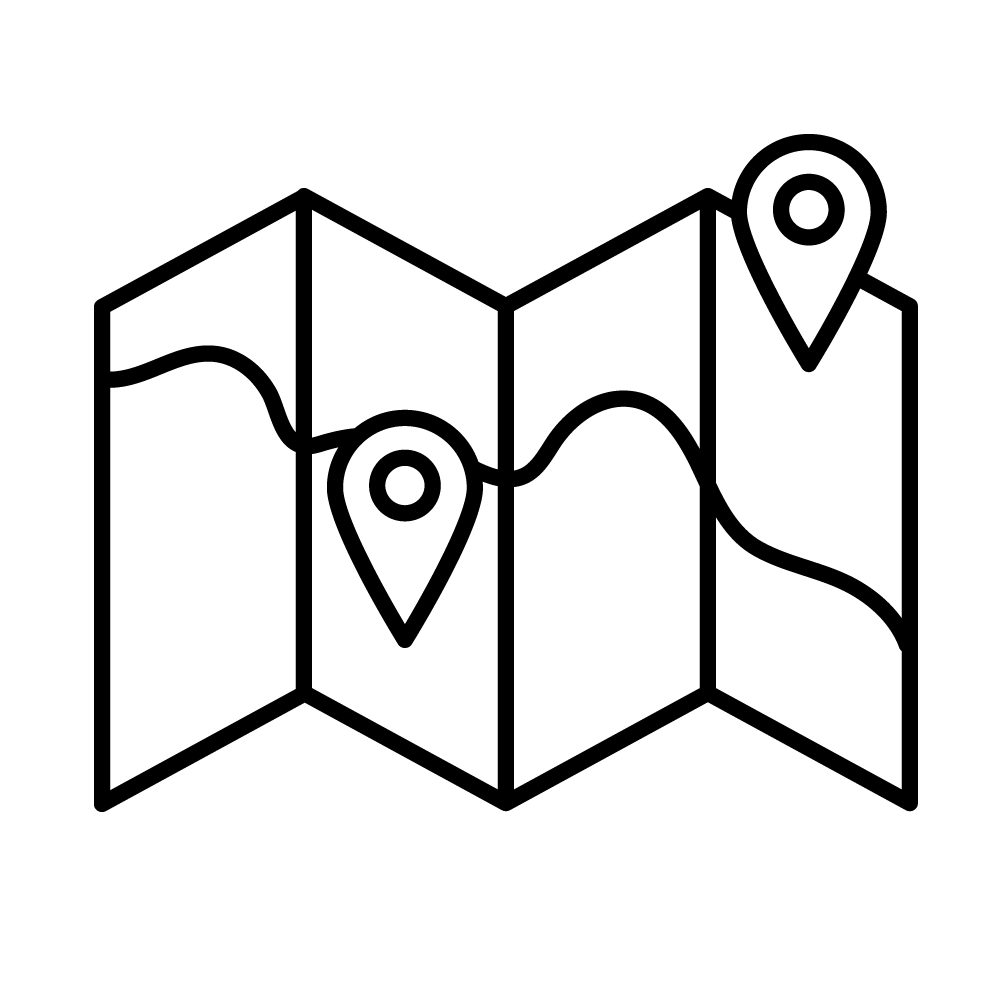
Mapping
Have students draw a map of their neighborhood and town with their home, school,

Writing Topics
What transportation do you use to get to school?
What transportation do you wish you could take to school?
Describe your favorite mode of transportation and why?
Describe the land you live in, does it have mountains, hills, lake, etc.
What is the weather like where you live? Describe the weather.
What is your favorite type of weather and why?
What natural resources are in or near where you live?
Why is it important to reduce, reuse and recycle?
How do you reduce, reuse and recycle at your home?
How do you reduce, reuse and recycle at school?

Repurposing
After talking about reducing, reusing, and recycling, bring in items from home (milk containers, plastic containers, newspapers, pop lids, etc. and tell students they have the class period to create something with those items provided (you can also allow them to use scissors, glue, markers, whatever you feel is appropriate for this task) and then the following day have them share with the class what they have created.
Classroom Ideas for ALL Videos
Here are dozens and dozens of ideas that you can use in your classroom along with our videos!
Temas Abarcados
¿Qué es una comunidad?
Comunidades urbanas, suburbanas y rurales
El clima extremo
Las 5 regiones de EE. UU. y las formas del terreno en cada una de ellas
Los recursos naturales
Las consecuencias de la actividad humana sobre los accidentes geográficos y las regiones (como la presa Hoover y los diques)
Videos in this Series
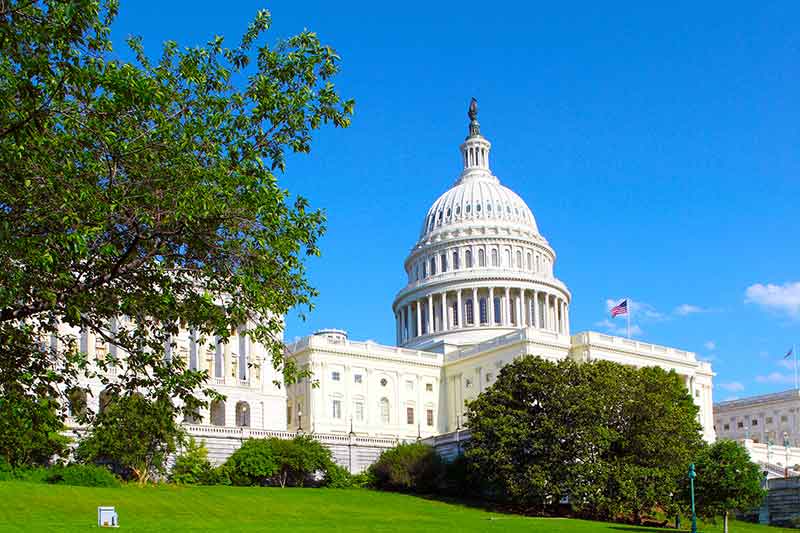
Grade 3 - How Government Helps Our Communities

Grade 3 - A Country of Cultures

Grade 3 - I Am A Consumer

Grade 3 - Businesses At Work
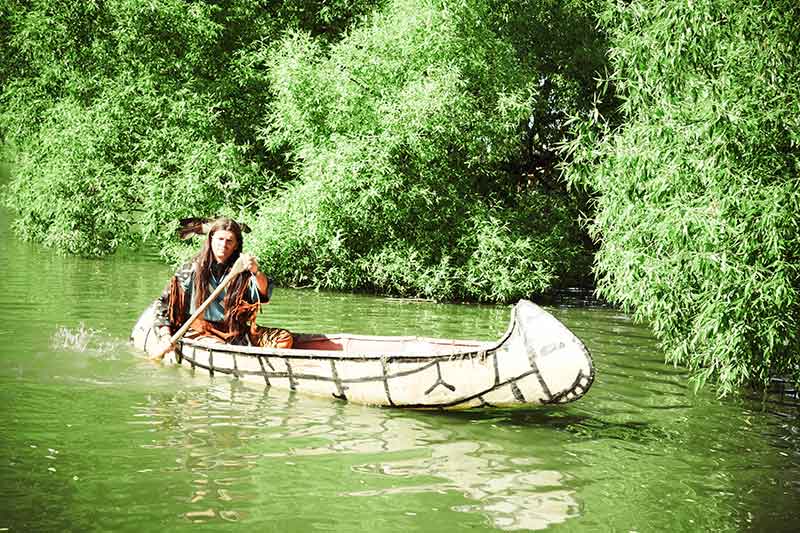
Grade 3 - The First Americans
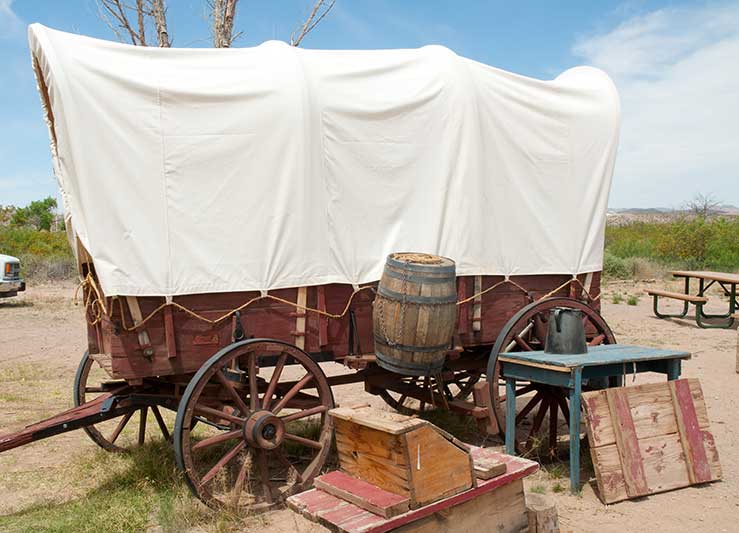
Grade 3 - How The Country Was Settled
Related Videos
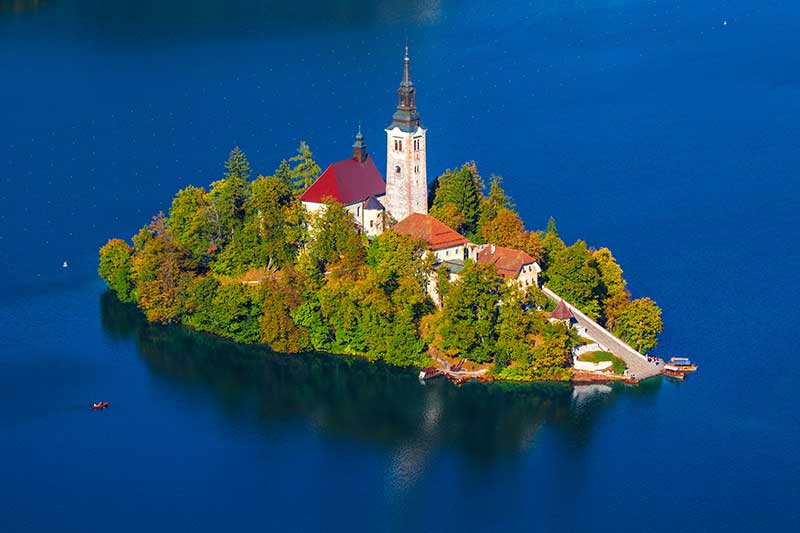
Grade 2 - Land and Water Around Us
